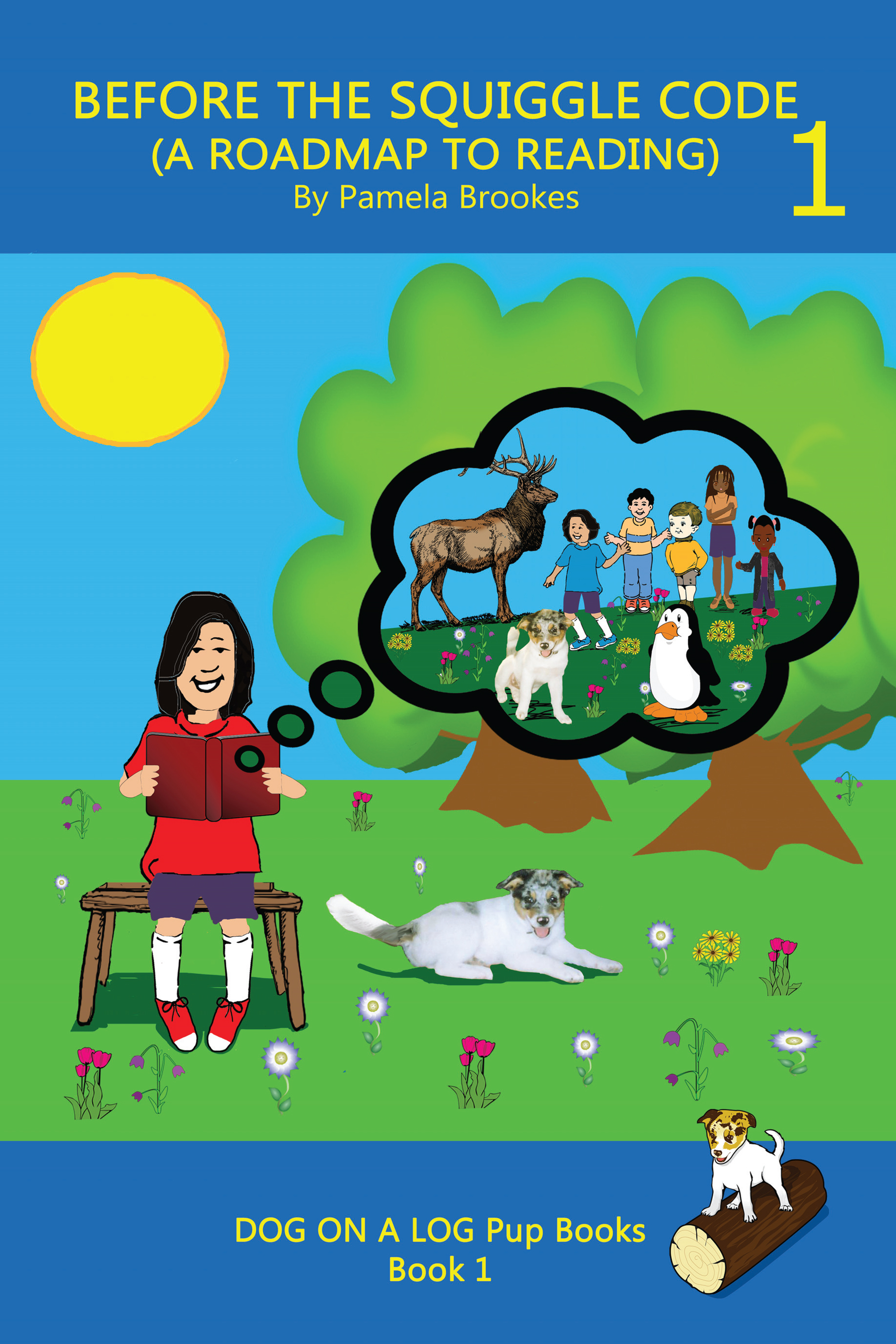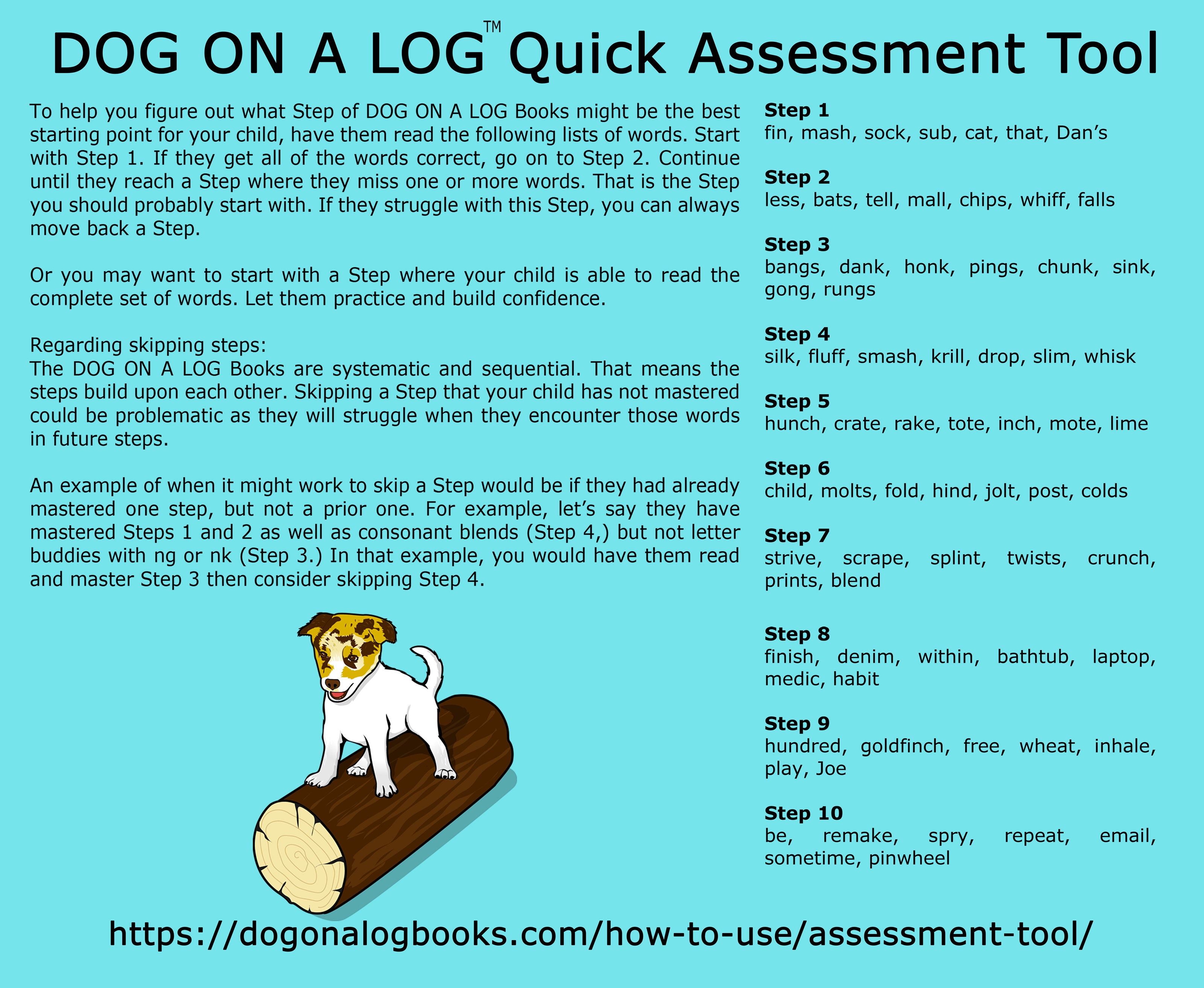Featured Blog - Speech & Reading
A MOTHER’S MOTIVATION TO HELP CHILDREN WITH DYSLEXIABy Pamela Brookes, Parent, Tucson, AZ, USAMarch 2020 |
|||
|
I was (and am) one of THOSE moms. I did monthly Ages & Stages Questionnaires on both of my typical, healthy, breastfed, full-term babies. My friends politely smiled when I told them that. Then, to my amused friends shock, I picked up my daughter’s speech delay and she started working with a speech-language pathologist when she was 12 months old.
When she was age 2 ½, I started wondering if she had dyslexia. I didn’t really know what dyslexia was, but I knew it had something to do with reading and delayed speech. I made some phone calls to find out what I should be doing for her. I was advised I should wait until she was 8-years-old and see how her reading abilities compared to other children’s. If she was behind, I should seek help at that time. In the meantime, I should just read to her and engage with her over books.
I often wonder how my daughter’s reading would have been different if I had been given different advice. If only I’d been told the reason she could not figure out rhymes no matter how much we tried to do rhyme-play was because she had dyslexia. If only I’d been given ideas on what I could do to help her figure out rhymes (she finally learned to rhyme when she was age 9). I wonder where her reading would be now if I’d been told I should help her identify individual words in sentences, syllables in words, and later individual sounds in words. How would her pre-school-aged brain have transformed if I’d been given guidance on the specific skills she should learn to pave the way for reading?
When she was age 6 and still couldn’t name most of the letters, I sought more help. Finding a dyslexia specialist can be really hard because there just aren’t enough of them. We are a homeschooling family. I even turned to our home school district for help, but that fell through. Finally, we started using Mindplay, an online Orton-Gillingham (O-G) program. Since I didn’t even know what O-G was, I didn’t understand the program (it’s a really good program, I just didn’t understand it). So, I kept searching for a dyslexia specialist, and a year later we finally found one to work with.
I thought we were set. We finally had an amazing teacher for our daughter. The teacher’s attitude was that as a homeschooler, I was my daughter’s primary teacher. As such, she taught me how to teach my daughter. Session after session, the three of us sat there doing letter sound cards and blending words. Janelle and I would go home. Day after day, I would drill her in the primary sound of each letter, and we would blend the words and read the sentences the teacher sent home.
And then, it came time for my daughter to start reading books. Finding decodable books at her level was nearly impossible. The few the teacher had or that I found were about 8 sentences long. Janelle would sound them out, and read them a couple times, but they were so short she quickly memorized them. Janelle got to the point she could read them without even opening the books. She needed decodable chapter books, and my solution was to write books for her.
I knew if I was having trouble finding a systematic series of decodable books, other families would be having the same problem. I had a little experience publishing books, so I decided to publish Janelle’s books and suddenly DOG ON A LOG Books was born.
I kept thinking about how I’d dropped the ball when my daughter was age 2 ½. I’d tried researching dyslexia and what to do but didn’t get the information I needed. I’d been told to wait until she was age 8. I read one tome of a book about dyslexia, then stopped when the author said parents should not teach their children with dyslexia; they should leave that up to professionals. I found this statement offensive, so I put the book away to wait until my daughter turned 8 as I’d been told. Later I learned some schools may not suggest to a parent the child might have dyslexia because they don’t want to pay for a specialist to do the intensive work involved in teaching a child with dyslexia. That statement about leaving the teaching to professionals became even more poignant, since the professionals did not significantly help.
With the help of a great tutor and our at-home work, my daughter’s reading was progressing, but it was slow. My regrets kept nagging at me. I wanted to give parents the information I wished I’d had when my daughter was age 2 ½ and things didn’t seem right. So, I wrote an e-book called Teaching a Struggling Reader: One Mom’s Experience with Dyslexia. I gave parents and teachers the basic information they needed to be informed enough to get help for their kids. I could not stand the thought someone might miss out on the information if they could not afford the book, so I asked online booksellers to give it away for free (Most do.).
Our homeschool co-op asked me if I would teach a phonics class for a couple kids with dyslexia. I looked at my notes from the meeting with Dr. Mather, and I started researching. To teach the kids at our co-op, I needed to develop an entire phonological and phonemic awareness course. I wanted to be able to share what I created with other parents. It was time to write the phonics book I’d discussed with Dr. Mather.
This book needed to be written for parents, so they could easily follow along without missing steps or getting bogged down in theory. It also needed to be fun for kids.
In the middle of Book Two, I stopped. I did not see how I could create enough instruction for parents whose children had dyslexia. Parents who didn’t have professional support needed a more in-depth curriculum. They needed sound cards and word lists and so much more than I could fit in a couple books.
I looked on the internet and saw how much a quality curriculum with all those components costs. Looking at the least expensive option I found, the first bundle was over $100, and the full curriculum was several hundred dollars. Too many families could not afford those prices.
Coincidentally, about twenty minutes later, I received an email from another homeschooling mom. This family had no money. They couldn’t even afford Mindplay which is $25 per month. She’d read my post about dyslexia on our homeschooling Facebook page. She was concerned about her 8-year-old. They didn’t even have the money to pay for a simple quick assessment by a dyslexia specialist. This family needed affordable books to guide them. They needed the books I was trying to create. I had to write books for that family.
I went back to my book set and finished it. Then, Dr. Mather edited it. I made the type of books parents can use to teach their child when there is no one else to help them. Then, I made all the materials we used at home: flashcards, lists of words, and lists of sentences. I created games for phonological awareness and more. My daughter and I played the board games I created over and over because we had so much fun. Homeschoolers who can’t afford tutors tested the books, and their kids loved them. Every parent was jubilant they’d gotten a tool to help them when they truly did not think they could find help. I priced the books to be economical and hoped libraries would buy them, so families would have free access. Then I put all those printables on my website, so people could download them for free.
Of course, that was just the phonological and phonemic awareness step. The decodable books didn’t come with an instruction manual. And suddenly, I got a bunch of emails from parents and librarians who wanted help in using the decodable books. Dr. Mather was wonderful and edited How to Use Decodable Books to Teach Reading. This book is a work in progress because it discusses how to teach the phonics in DOG ON A LOG Books. As I write more of those books, I will add how to teach more phonics rules to How to Use Decodable Books.
I think back to the advice I was given about waiting until my daughter was 8-years-old and was essentially failing before I took action to see if she had dyslexia and to find intervention. It was such bad and wrong advice. I did the most important things I could have done when she was little. I found her a wonderful speech-language pathologist when she was just 12 months of age, and I read to her for hour-after-hour, every day for months, probably years. I just wish I’d had books like Teaching a Struggling Reader or The Squiggle Code Books, so I could have done even more.
Website: Email: Picture Guide to the nearly 90 DOG ON A LOG Books: https://dogonalogbooks.com/picture-guide/
About the Author
Pamela Brookes is a homeschooling mother of two kids, one who has dyslexia and speech delays. When she’s not homeschooling, teaching at their co-op, or leading field trips, she’s rescuing abandoned dogs and writing/publishing DOG ON A LOG Books and printables.
Pamela and her family live in the saguaro-studded wilderness outside Tucson, Arizona. They have a pack of rescued dogs and barn cats, as well as chickens that lay green, blue, and brown eggs. Their fish tank has been adapted to grow basil with the recycled tank water. From time to time she posts photographs of the aforementioned critters (as well as possible details that just might show up in future books) at https://www.instagram.com/dogonalogbooks/ |
|||

 DOG ON A LOG decodable books were growing. I was starting to get some listings on dyslexia websites in the U.S.A. and abroad. I started learning explicit systematic phonics instruction, similar to what my daughter was getting, was the teaching method most supported by scientific research. I wanted to write a little handbook on this topic, so I contacted a local professor, Dr. Nancy Mather. We met for lunch, and later, I put my meeting notes aside until I might have time to sit down and write what I imagined to be a little ten-page booklet.
DOG ON A LOG decodable books were growing. I was starting to get some listings on dyslexia websites in the U.S.A. and abroad. I started learning explicit systematic phonics instruction, similar to what my daughter was getting, was the teaching method most supported by scientific research. I wanted to write a little handbook on this topic, so I contacted a local professor, Dr. Nancy Mather. We met for lunch, and later, I put my meeting notes aside until I might have time to sit down and write what I imagined to be a little ten-page booklet.